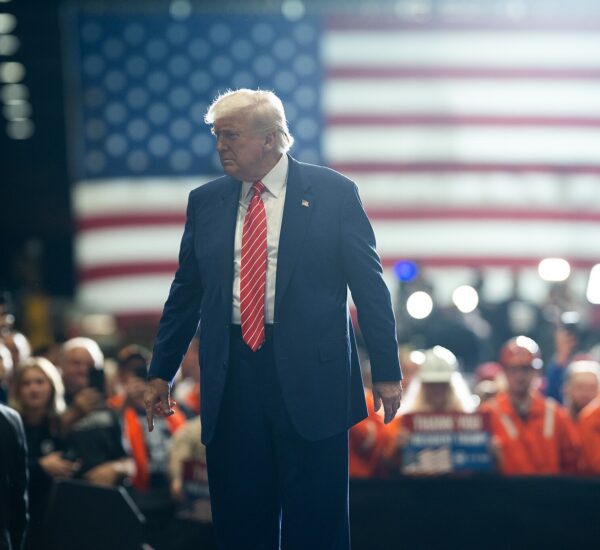Has Elon Musk failed to live up to his promises?
Elon Musk’s bold push for government efficiency has so far failed to significantly reduce the soaring federal spending, which reached an all-time high of $603 billion in February, according to the latest U.S. Treasury data. Despite claims from Musk’s Department of Government Efficiency (DOGE) of saving over $100 billion, few federal agencies saw any substantial cuts during the first full month of President Donald Trump’s return to office.
Trump, eager to root out waste and inefficiency in the federal government, tasked Musk with reforming spending when he reentered the White House in January. However, the DOGE’s approach has faced mounting criticism for creating more problems than it solved, with controversial decisions to cut essential services and staff. While Musk boasts of savings, experts argue the reductions are insignificant when compared to the total budget.
Federal spending increased by a troubling $40 billion in February, marking a 7% rise from the same time last year. The Treasury report revealed a $29 billion surge in direct spending, driven largely by a $10 billion increase in debt servicing costs, which hit a staggering $86 billion. Additionally, tax credits and payments rose by $14 billion.
Musk’s team has also gone after federal agencies, uncovering inefficiencies, overspending, and alleged corruption. As a result, several contracts were canceled, and tens of thousands of federal workers were fired or suspended. Despite claims of savings, critics argue the results are underwhelming, particularly in light of the $1.1 trillion the U.S. has already borrowed in just five months.
While there have been reductions in some departments, including Veterans Affairs, State, and Justice, social spending has surged, with health-related costs climbing by $5 billion and Social Security costs by $8 billion. Musk has promised to continue his cuts, with reports suggesting cuts to Social Security programs and the potential end of affordable housing initiatives.
Within the Republican Party, there’s growing concern over the heavy-handed tactics of DOGE. Trump himself cautioned Musk to adopt a more targeted approach, urging him to use a “scalpel” instead of a “hatchet” when eliminating programs and cutting staff. This suggestion underscores the growing frustration with Musk’s methods.
Amid these efforts, the U.S. House of Representatives passed a stopgap funding bill aimed at trimming $13 billion from non-defense spending while boosting defense spending by $6 billion. However, with an overall discretionary spending cap of $1.7 trillion, the bill leaves entitlement programs like Social Security and Medicare untouched, avoiding any meaningful cuts to these major drivers of national debt.
Maya MacGuineas, president of the Committee for a Responsible Federal Budget, sounded the alarm about the nation’s fiscal future. She pointed out that the U.S. has borrowed over $1 trillion in just five months and warned that debt servicing costs are rapidly approaching levels higher than the nation’s defense spending. She stressed the urgency of implementing long-term solutions to reduce the unsustainable debt levels threatening the nation’s economic stability and national security.
Chris Edwards, a fiscal policy expert at the Cato Institute, echoed similar concerns, emphasizing that neither party has taken the threat of fiscal collapse seriously. He argued that while Musk’s efforts to reduce waste are commendable, they are insufficient to address the massive deficits and growing national debt. Edwards called for more substantial reforms, including cutting corporate welfare subsidies and reducing the size of entitlement programs.
Although it may be too early to judge the full impact of Musk’s efforts, Republicans who support his mission will be watching closely to see if these measures lead to real, long-term fiscal discipline. With national debt reaching critical levels, the urgency for effective action has never been higher.





